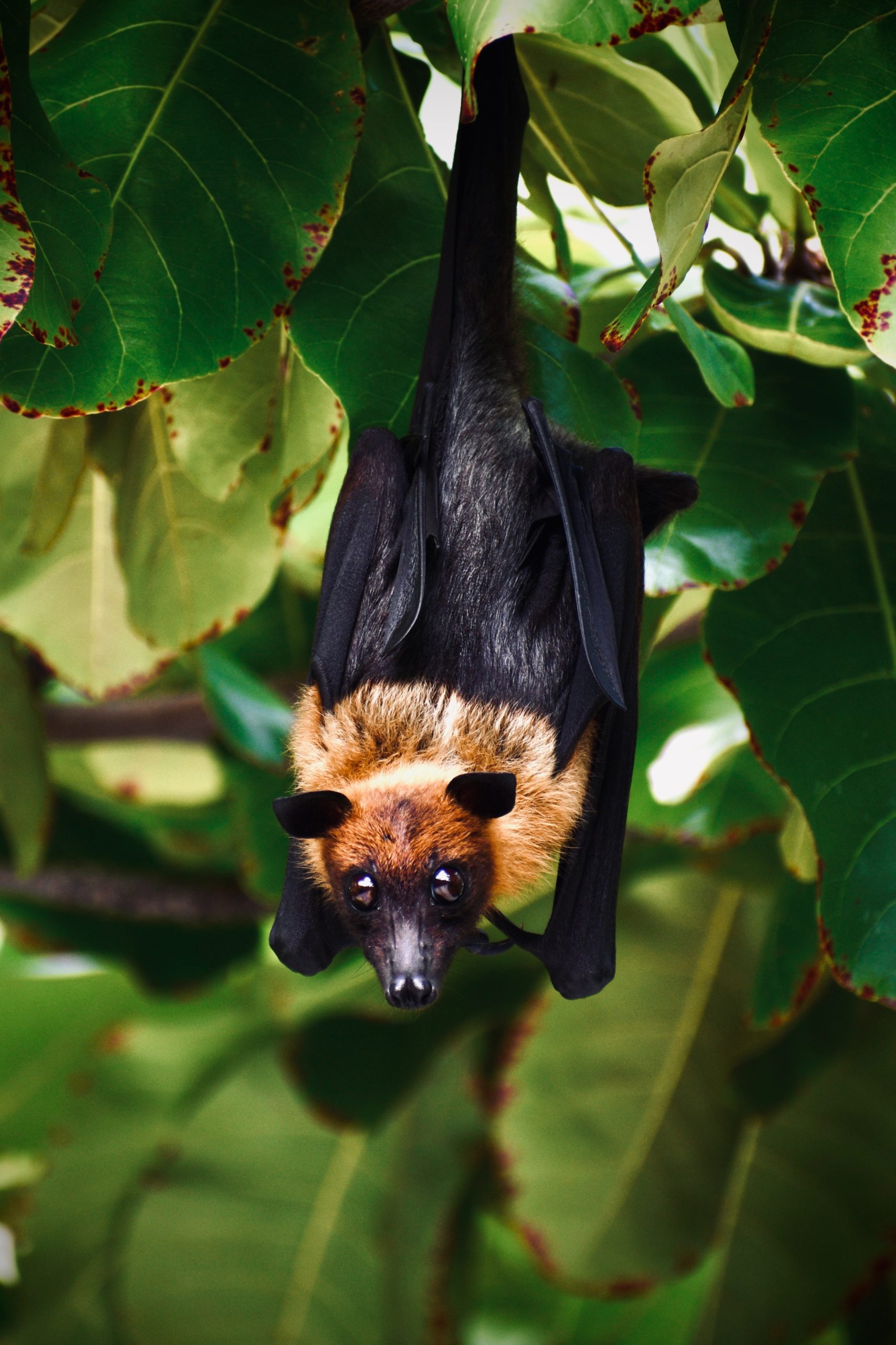Monitoring and analysing the viruses that threaten flying foxes in Australia, researchers from the Centre for Planetary Health and Food Security at Griffith University are using the well-known Hendra virus as a model to understand the emergence of other infectious diseases in wildlife.
Importantly, researchers are able to model the complex interactions between environmental and climatic changes, ecological shifts, and the emergence of diseases in various species. Fundamentally, researchers are working to understand the drivers of virus transmission in bay populations to better predict and prevent the spillover of viruses to human populations.
In partnership with universities across seven countries throughout North America, Africa, Asia, and Europe through BatOneHealth, researchers are also working to understand the dynamics of bat diseases globally and how they fluctuate through high-risk periods of transmission. This research combines field data collection, laboratory investigations, and modelling analysis as part of ongoing and iterative research methods to identify the circumstances surrounding periods of increased risk of virus spillover.
As a result of this work, scientists have identified geographic hotspots — or virus ‘jump zones’ — and better understand the environmental drivers of virus spillover. Researchers are also able to predict up to two years ahead of when infectious clusters are likely to occur.
Research focused on virus spillover is also driving conservation efforts and highlights the importance of preserving the natural habitats of Australia’s wildlife as well as the global health consequences of climatic changes.





